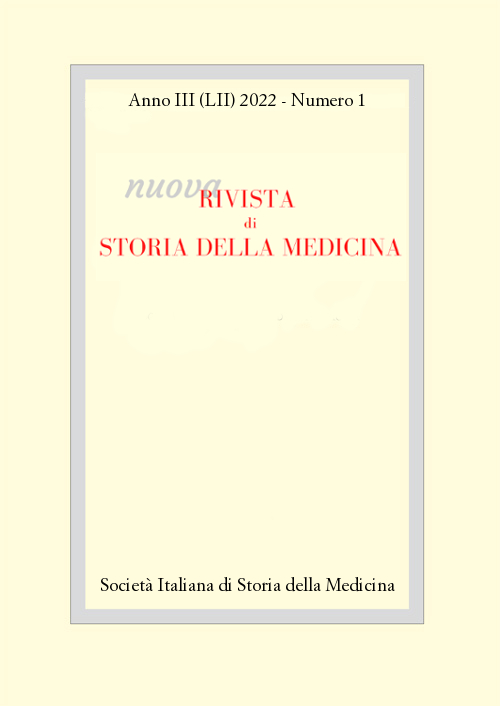Anatomical theatres of Cagliari
DOI:
https://doi.org/10.13135/2724-4954/6579Keywords:
THesa, anatomical theatre, THesa, anatomical theatre, Castaldi, anatomy, medicine, dis-section, CagliariAbstract
The University of Cagliari was granted the privilege of a royal foundation in 1620 by Philip III of Spain. Although the medical faculty existed from the beginning, the auton-omous chair of anatomy was only established in 1799. Probably also for this reason, there is no concrete evidence of anatomical theatres in Cagliari before 1773. In spite of this, it is possible to reconstruct a history of where anatomi-cal dissections took place. There has always been a simul-taneous use of hospital and university premises, the latter located in the university palace (Palazzo Belgrano) or in the annexed premises (bastione del Balice), where from 1769 the so called “Notomie Pubbliche” took place. Anatomical demonstrations were performed ‘in private’ in the rooms of the Sant’Antonio hospital. It thus emerges that the hall for solemn functions in the Belgrano palace was transformed into an anatomical theatre for at least ten days a year, and that even before 1773 there was a “Teatro notomico” in the Sant’Antonio hospital. In the following decades, microscopy and anatomical rooms for individual practice became increasingly important, with the subsequent abandonment of the anatomical theatres and the inauguration in 1922 of an independent Institute, in which the current wooden “Luigi Castaldi” anatomical theatre was built in 1950.



